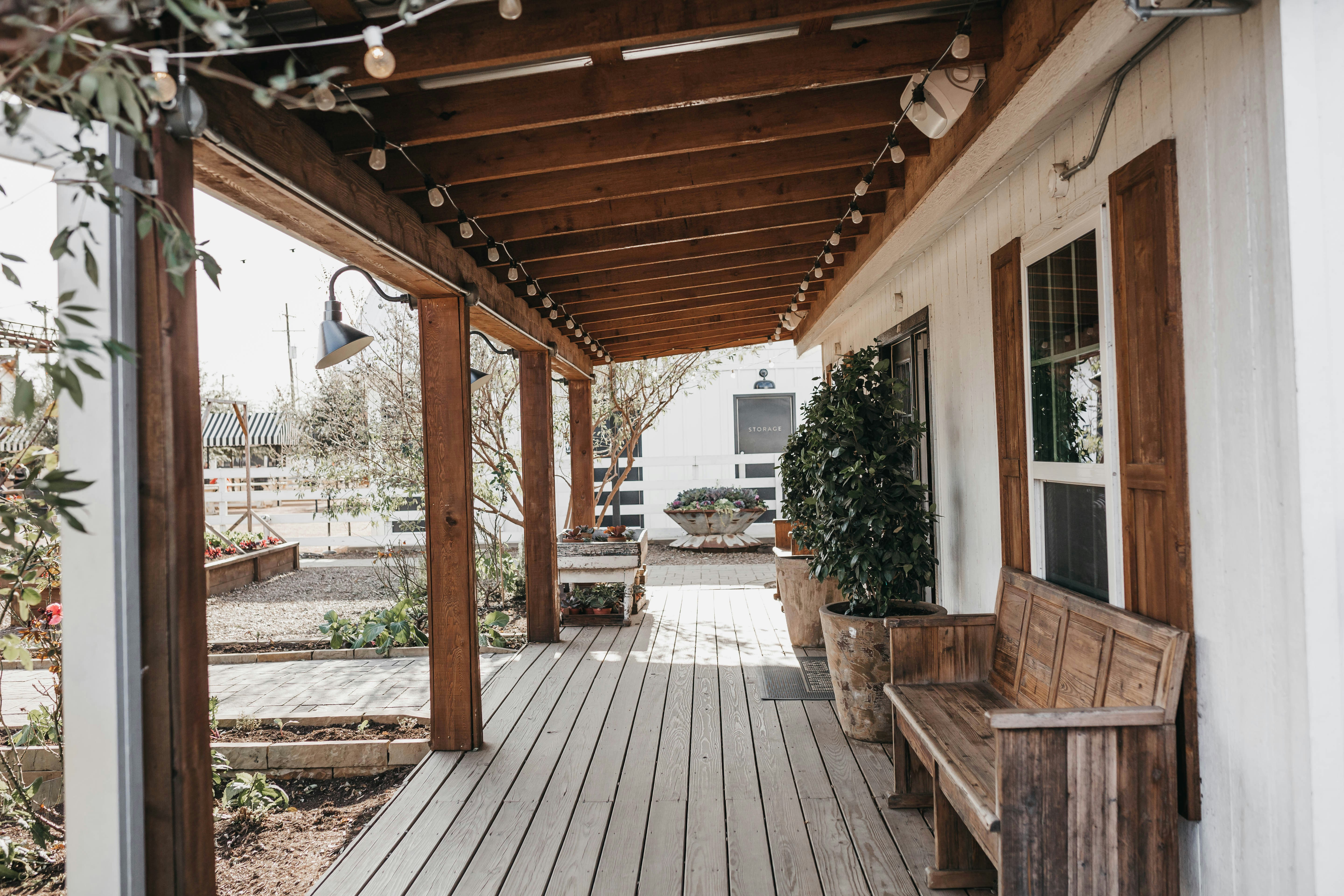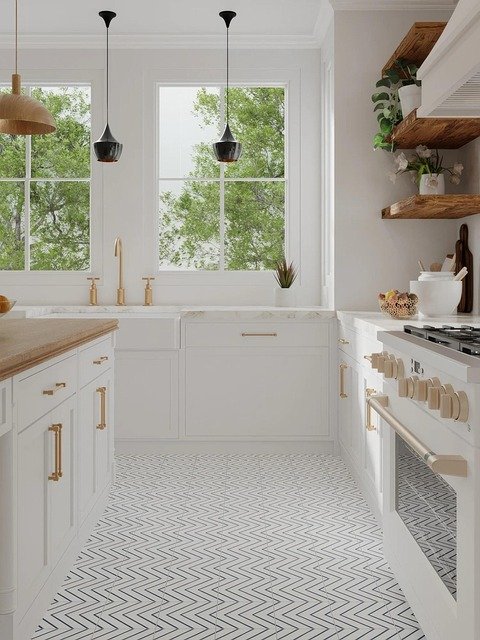Discovering the Allure of Wabi-Sabi in Home Decor
Introduction: Immerse yourself in the world of Wabi-Sabi, a traditional Japanese aesthetic that reveres the beauty found in imperfection and the natural cycle of growth and decay. This design philosophy is gaining traction in Western homes, offering a refreshing, authentic alternative to the flawless, mass-produced styles that dominate the market.

The Origins: Understanding Wabi-Sabi
The term Wabi-Sabi originates from Japanese tea ceremony practices, where it represented the beauty of humble and simple things. Wabi refers to the beauty that comes from living simply, while Sabi suggests the beauty of things that are old or decaying. Over time, Wabi-Sabi evolved into an aesthetic principle that celebrates the beauty of imperfection, impermanence, and incompleteness. It is an approach to life that values authenticity over artificiality and finds beauty in the ordinary and overlooked.
The Wabi-Sabi Home: Embracing Imperfection
In home decor, the Wabi-Sabi aesthetic translates into a preference for handmade, natural, and aged materials. Think rustic wood, worn-in leather, or weathered stone. The key is to let each element show its age and wear, demonstrating its journey through time. This approach results in homes that feel lived-in and comfortable, rather than pristine and museum-like.
Current Trends: The Rise of Wabi-Sabi
In recent years, Wabi-Sabi has gained popularity in Western design circles. Increasingly, homeowners are rejecting the polished, mass-produced aesthetic in favor of items with character and history. This trend is evident in the growing market for vintage furniture, artisanal decor, and upcycled items. Wabi-Sabi also aligns with the move toward mindful living, as it encourages us to appreciate what we have rather than always seeking more.
Practicality and Impact: How Wabi-Sabi Enhances Daily Living
Beyond aesthetics, adopting a Wabi-Sabi approach to home decor can positively impact our daily lives. By appreciating the beauty in imperfection, we can become more accepting of our own flaws and those of others. This philosophy also encourages us to live more sustainably by valuing what we already have and reducing consumption.
The Future of Wabi-Sabi: A Lasting Trend?
While trends come and go, the principles of Wabi-Sabi have the potential to endure. The focus on authenticity, sustainability, and mindful living resonates with growing societal values. As we continue to navigate an increasingly digital and disconnected world, the grounding and calming influence of Wabi-Sabi decor may prove more appealing than ever.
In conclusion, the Wabi-Sabi aesthetic offers a refreshing departure from the perfection often sought in home design. By embracing the beauty of imperfection and impermanence, we can create homes that are not only visually appealing but also emotionally comforting. After all, home is not just about how it looks, but how it makes us feel.




